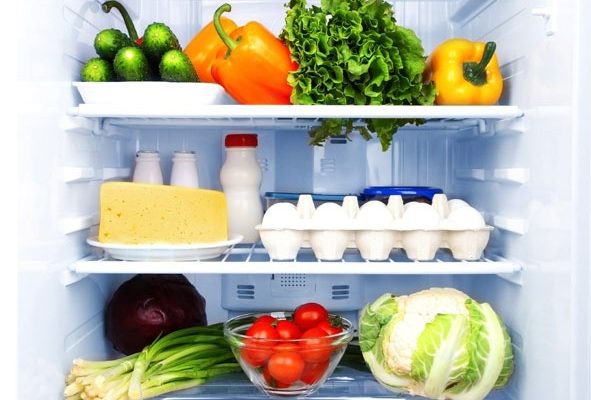
In the vast and intricate world of economics, the term ‘nondurable goods’ is a phrase that often goes unnoticed, yet plays a significant role in shaping the global economy. This article aims to delve into the concept of nondurable goods, their impact on the economy, and how their consumption patterns influence market trends and economic policies.
Nondurable goods, also known as soft goods or consumables, are products that are immediately consumed in one use or have a lifespan of less than three years. These goods include food, beverages, clothing, fuel, and other items that are consumed and need to be replaced frequently. The consumption of nondurable goods is a significant component of personal consumption expenditures (PCE), which is a primary measure of consumer spending.
The demand for nondurable goods is often influenced by various factors such as income levels, consumer preferences, and economic conditions. During periods of economic growth, the demand for nondurable goods tends to increase as consumers have higher disposable income. Conversely, during economic downturns, consumers may cut back on their consumption of nondurable goods, particularly luxury or non-essential items.
The production and consumption of nondurable goods also have significant implications for environmental sustainability. The short lifespan and high turnover rate of these goods often result in substantial waste and resource depletion. Therefore, understanding the dynamics of nondurable goods is crucial for developing sustainable consumption and production strategies.
Moreover, the nondurable goods sector is a vital part of the economy, contributing significantly to employment, GDP, and economic growth. The sector’s performance can serve as a barometer for the overall health of the economy. For instance, a decline in nondurable goods production could signal an impending economic slowdown.
The analysis of nondurable goods also provides valuable insights into consumer behavior. Changes in the consumption patterns of these goods can indicate shifts in consumer preferences and lifestyle trends. For example, an increase in the demand for organic food products may reflect a growing consumer preference for healthy and sustainable living.
In conclusion, while nondurable goods may seem insignificant due to their ephemeral nature, they play a pivotal role in the economy. Understanding the dynamics of nondurable goods can provide valuable insights into economic trends, consumer behavior, and sustainability challenges. As we navigate through the complexities of the global economy, the study of nondurable goods remains a vital tool for economists, policymakers, and businesses alike.

